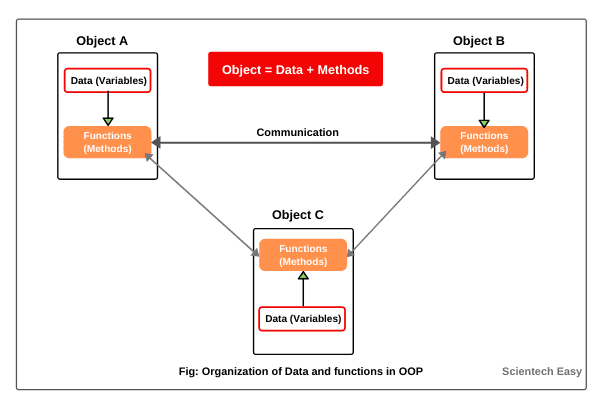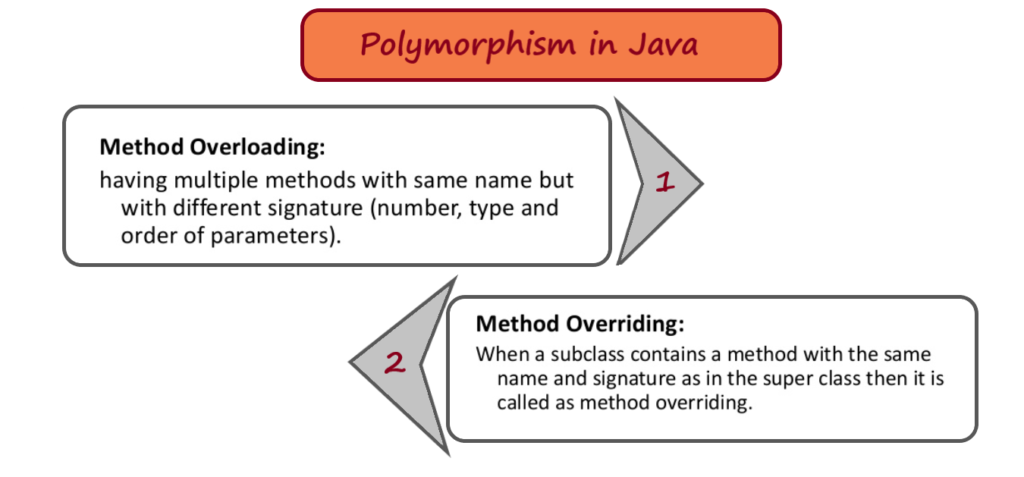

("radius is: " + c4.getRadius()) // Print radius via getter Modify the TestCircle to test these methods, e.g.,Ĭircle c4 = new Circle() // construct an instance of Circle * The Circle class models a circle with a radius and color. The source codes for Circle.java is as follows: /** Two public methods: getRadius() and getArea(), which return the radius and area of this instance, respectively.Two overloaded constructors - a default constructor with no argument, and a constructor which takes a double argument for radius.Two private instance variables: radius (of the type double) and color (of the type String), with default value of 1.0 and " red", respectively.This first exercise shall lead you through all the basic concepts in OOP.Ī class called circle is designed as shown in the following class diagram. To create a class, we use the keyword class.Exercises on Classes An Introduction to Classes and Instances by Example - The Circle Class You can also think of a class as a blueprint from which you can create an individual object. What is a Class in Java?Ī class is defined as a collection of objects. For example, you can change args to myStringArgs.

The only thing that can be changed is the name of the string array argument. Its syntax is always public static void main(String args). This method is required in every Java program, and it is the most important one because it is the entry point of any Java program. Let's first look at the main() method: public static void main(String args). For example, the variable “m圜lass ” and the variable “myclass ” are two totally different things.Īlright, let's see what that code's doing: This means that Java has the ability to distinguish between upper and lower case letters. You may also note that Java is case-sensitive.
#Java oops concepts code
We are going to discuss, step by step, each line of code just below.įor now, I want you to start by noting that every line of code that runs in Java must be in a class. My name is Patrick Cyubahiro.") ĭon't worry if you don't understand the above code at the moment. After creating and saving the file, we are going to use the below lines of code to get the expected output. We are going to start by creating our first Java file called Main.java, which can be done in any text editor. Let's write a Java program that prints the message “Hello freeCodeCamp community. When saving a file, save it using the class name and add “.java ” to the end of the file name. In Java, every application starts with a class name, and this class must match the file name.
#Java oops concepts android
Mobile applications (especially Android apps).Java is a general-purpose, class-based, object-oriented programming language, which works on different operating systems such as Windows, Mac, and Linux. In this article, we will be looking at the following OOP concepts: The core concept of the object-oriented approach is to break complex problems into smaller objects.

These objects can contain data in the form of fields (often known as attributes or properties) and code in the form of procedures (often known as methods).

Object-oriented programming (OOP) is a fundamental programming paradigm based on the concept of “objects ”. Once you understand these concepts, you should have the confidence and ability to develop basic problem-solving applications using object-oriented programming principles in Java. This article will help give you a thorough understanding of the underlying principles of object-oriented programming and its concepts. Hi, folks! Today we are going to talk about object-oriented programming in Java.


 0 kommentar(er)
0 kommentar(er)
